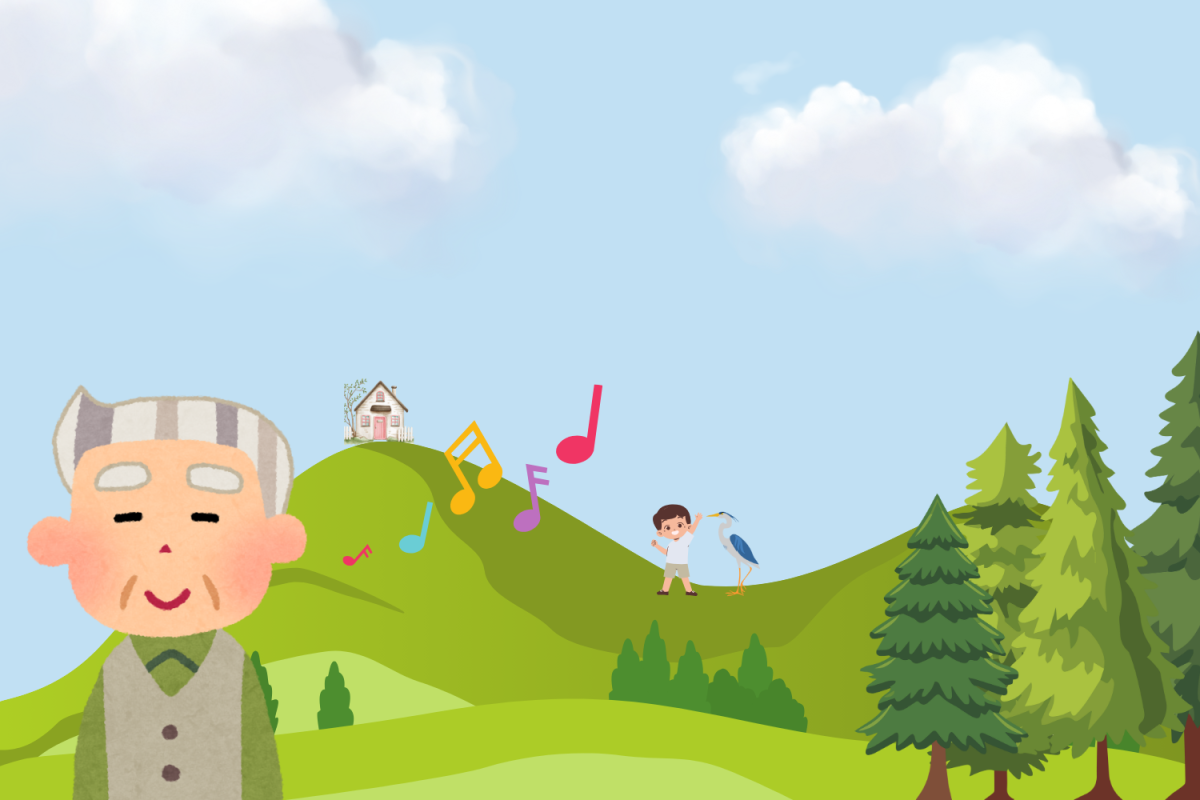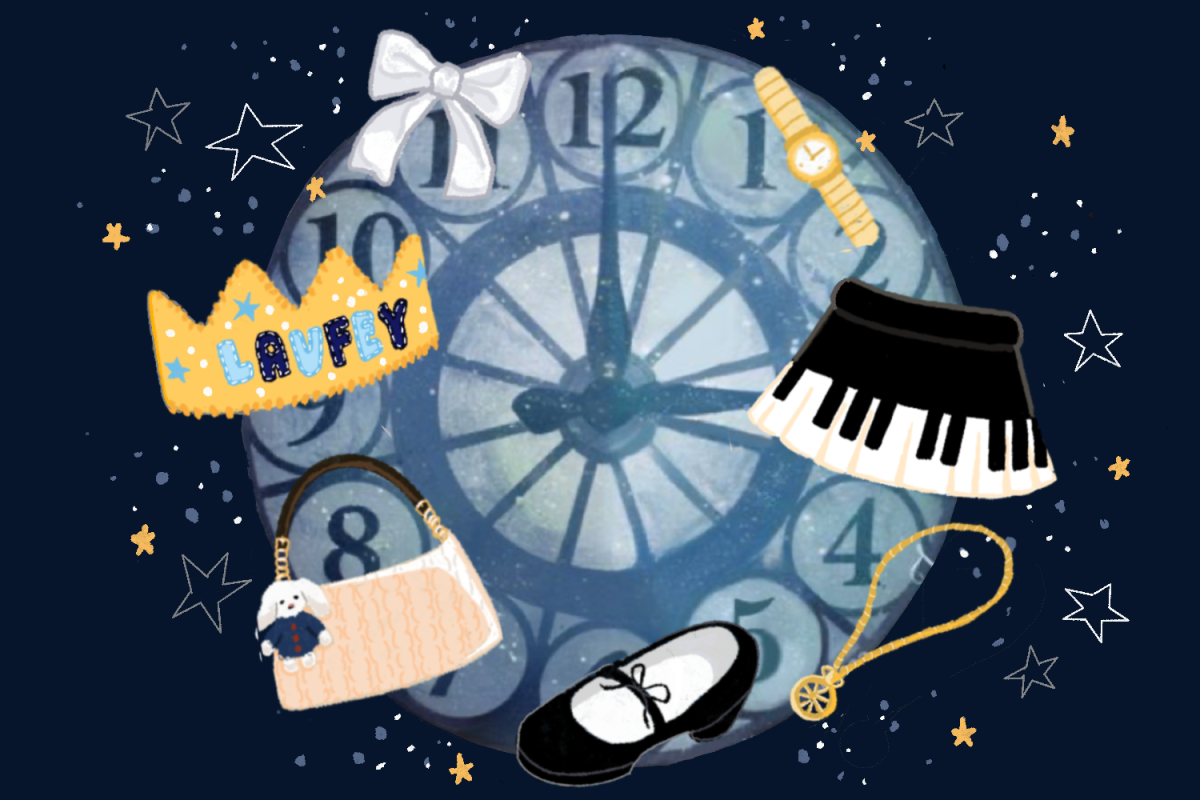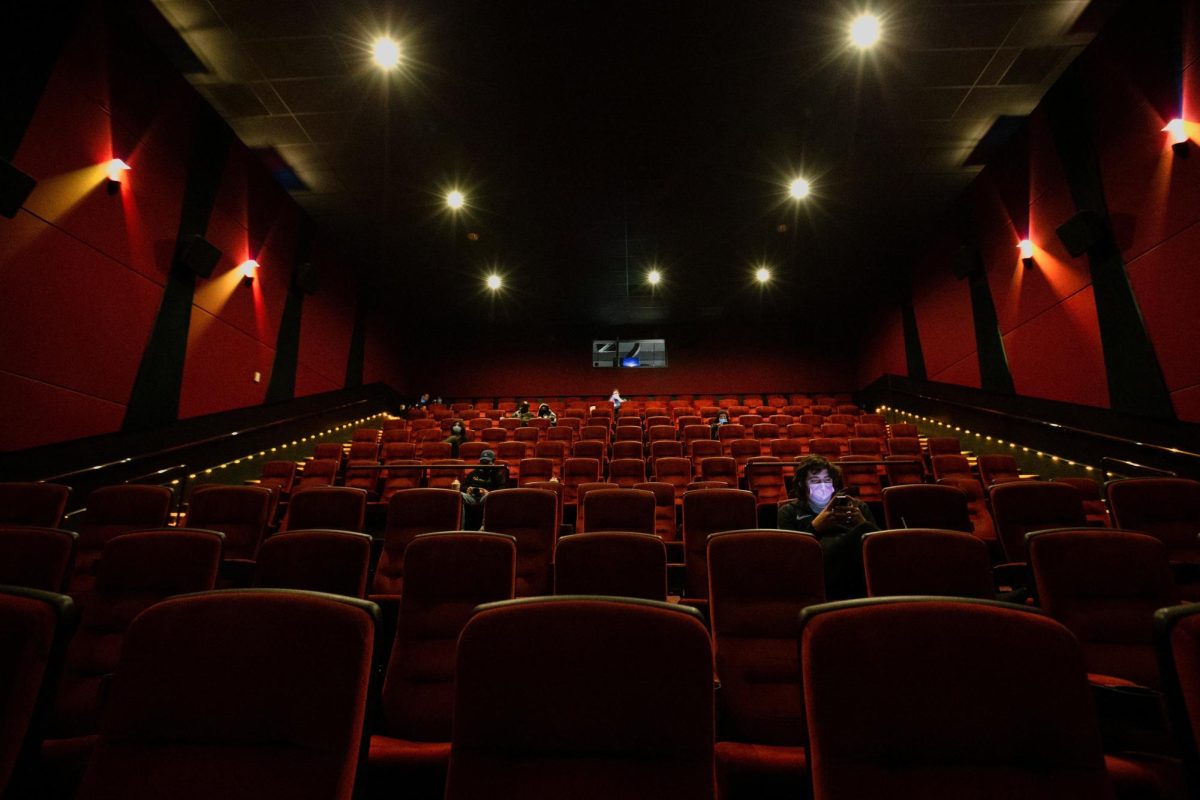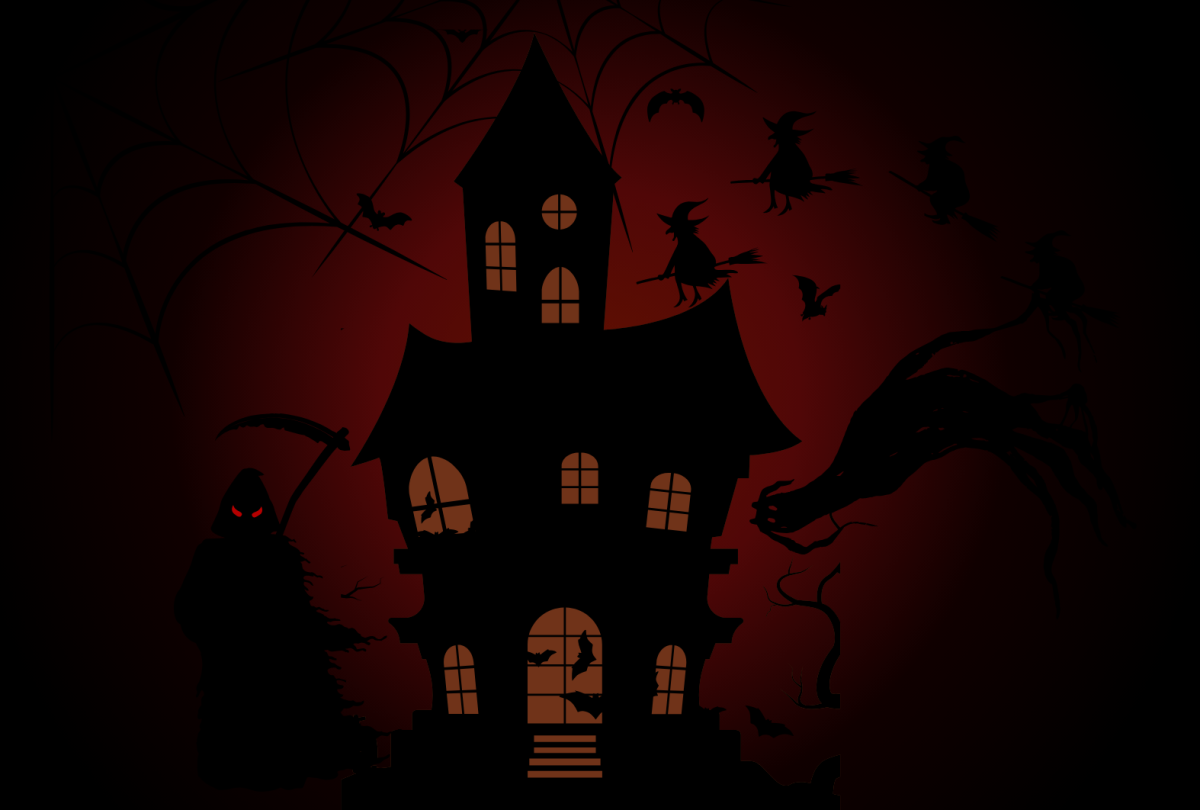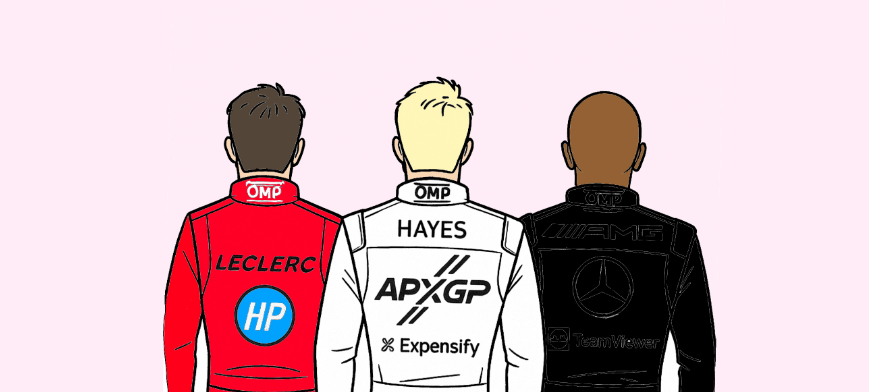If you’ve ever watched a Studio Ghibli film, you’ve likely felt like you were transported into the cinematic Ghibli world during a scene. Chances are, Joe Hisaishi was behind that magic. Hisaishi is the composer behind Studio Ghibli’s music that evokes feelings of wonder, nostalgia, and even heartache.
As a child, Hisaishi was deeply entranced by music, especially Western classical compositions by figures like Anton Webern and Claude Debussy. His parents encouraged him to pursue music, and he later attended Kunitachi College of Music, where he advanced his musical journey. While taking piano lessons, Hisaishi discovered Terry Riley’s A Rainbow In Curved Air, which was a key moment in his musical development. Hisaishi was inspired by this song to explore the world of minimalist and romantic composers, whose styles would later shape some of his most iconic works.
The turning point in Hisaishi’s musical career came when he was introduced to one of Japan’s most iconic animators, Hayao Miyzakai, co-founder of Studio Ghibli. Their first collaboration, Nausicaa of the Valley of the Wind, marked the beginning of a magical duo that would span for decades. The composition was extraordinary–the drums and pianos blended with the real played orchestras seamlessly, producing a deeply emotional sound that mirrored the film’s themes. His music perfectly intertwined with the visuals and storyline. From there, Hisaishi became Miyazaki’s go-to composer. From the gentle, nostalgic melodies of My Neighbor Totoro to the waltz-like, light-hearted composition of Howl’s Moving Castle, Hisaishi’s music has become an integral part of the Ghibli experience. His music brings Miyazaki’s characters and worlds to life, making the stories feel heartfelt and tangible.
“Hisaishi’s score in Studio Ghibli is really immersive. For instance, My Neighbor Totoro explores themes of childhood, innocence, and environmentalism. The music in My Neighbor Totoro is whimsical, nostalgic, and evocative. His use of pentatonic scales and quartal harmonies creates a dreamy and comforting setting that makes me feel like I’m part of the movie,” said freshman Byron Lei.
In Spirited Away, for example, Hisaishi’s score captures the unpredictable turmoil of growing up. As the ten-year-old protagonist Chihiro Ogino complains during the drive to her new home, the strings and synthesizers intertwine around the piano line. As her parents take a wrong turn, the tempo runs off and shocks of percussion feel like the bumpy road. With each following appearance of the melody from “One Summer’s Day,” Chihiro overcomes hardships with others’ warmth and support, effectively establishing Chihro’s coming-of-age journey.
“Hisashi’s music in Studio Ghibli is very whimsical, especially in Howl’s Moving Castle and Spirited Away. It really brings the fantasy and magical aspect to the films. The music sets the mood by really amplifying the emotions I already feel from watching the scene. I can truly feel what the characters feel, whether that’s nervousness, nostalgia, or excitement, ” said sophomore Allison Ong.
While Studio Ghibli animations feature intricate backgrounds and a magically realistic world, Hisaishi’s scores transcend the films themselves and are what truly make the animations an unforgettable experience.

